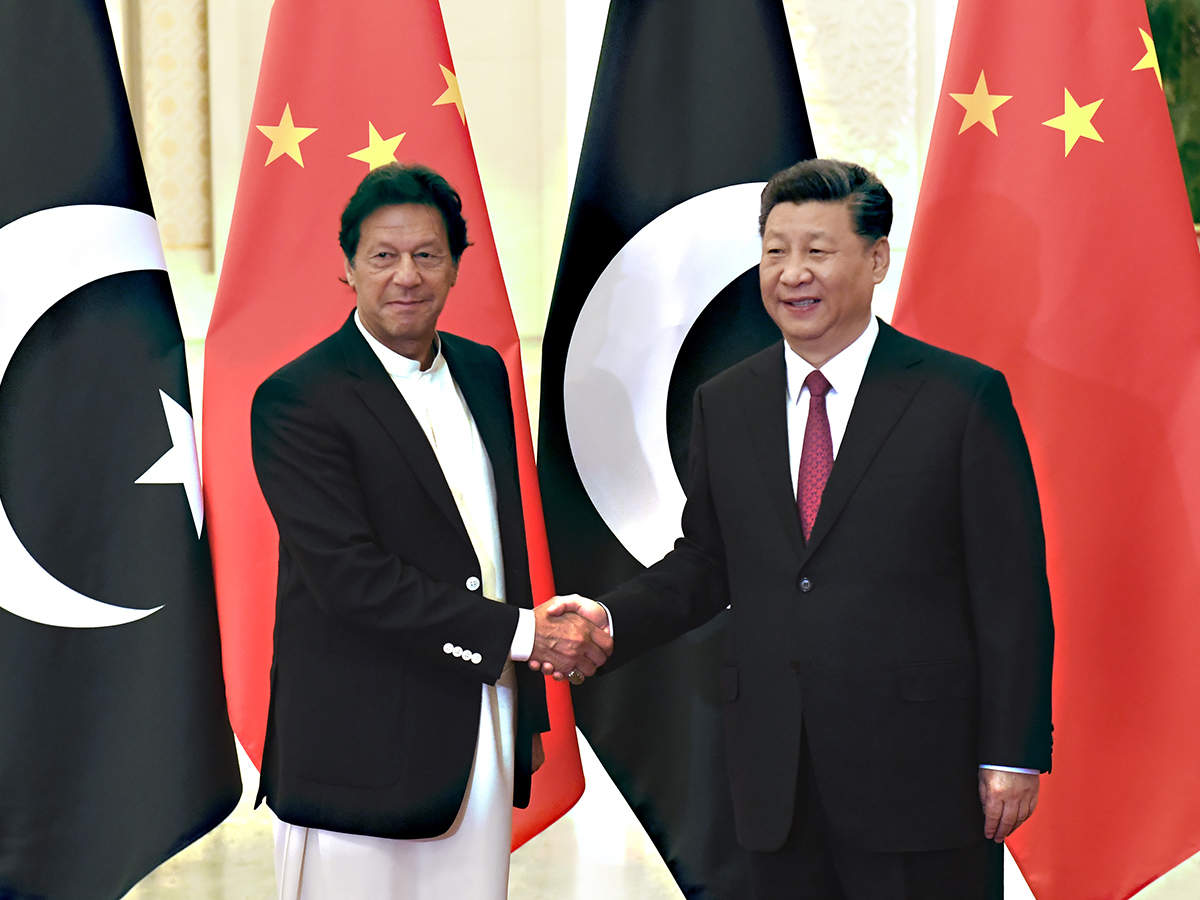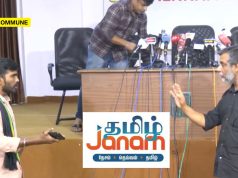
India conveyed its strong protest to Pakistan’s decision to build the Diamer-Bhasha upon the Indus River in Gilgit-Baltistan, part of Pakistan Occupied Kashmir (PoK).
Pakistan is planning to build this dam with the help of China. On Thursday (July 16) India called this a continuous attempt by Islamabad to bring about material changes in Indian territories under its illegal occupation.
Touted to be the country’s biggest dam, The Diamer-Bhasha Dam once completed would generate 4,500-megawatt with a presumed value of $15 billion.
On Wednesday Pakistan Prime Minister Imran Khan gave the green signal to build the China-backed mega project in Gilgit-Baltistan undermining India’s strong protest.
Asked about the development at the weekly briefing, Ministry of External Affairs (MEA) Spokesperson Anurag Srivastava said, “The entire Union territory of Jammu and Kashmir and the Union territory of Ladakh, have been, are, and will be an integral and inalienable part of India. We have strongly protested against the construction of this dam to the government of Pakistan”.
The MEA spokesperson further added, “This dam will lead to submergence of a large part of land of the Indian union territories of J&K and Ladakh and we condemn the continuous attempts by Pakistan to bring about material changes in Indian territories under its illegal occupation.”
India has always maintained any such projects in the Indian territories under Pakistan’s illegal occupation has no locus standi.
The Pakistan army which is the key backer of the China-Pakistan Economic Corridor (CPEC) is responsible for making the Pakistan government in May sign ₹ 442 billion contract with a joint venture of a Chinese state-run firm and a commercial arm of Pakistan’s powerful military for the construction of the Diamer-Bhasha dam.
Though this dam project isn’t a part of the CPEC project per say, it does seem like its extension considering that China is backing the project with 70% stake.
The Water and Power Development Authority of Pakistan signed the contract for the development of the Diamer-Bhasha dam and it will be a joint venture between Power China and Frontier Works Organisation (FWO) on a 70-to-30 ratio.
Michael Kugelman, deputy director at the Asia program in Washington, D.C said, “These moves will bring one more tension point to an India-China relationship that is already more strained now than it has been for several decades”.
Alice Wells, who was Trump administration’s senior diplomat for South and Central Asia, had warned Pakistan that Chinese investments under the CPEC are designed as a debt trap for Pakistan and in the long run, the high costs and alleged lack of transparency in contracts could cost Pakistan its sovereignty.
Wells had tweeted, “Hopefully, not at the cost of Pakistan’s sovereignty, environment, the sustainability of debt or corruption. This is a good time to renegotiate BRI terms that, in hindsight, were disadvantageous or one-sided,”.
In the last four years, China has been openly challenging India in different fronts. China’s expansionist strategy now includes Kashmir and its actions are more visible. Also, it has created tensions in Doklam in North Sikkim and Galwan Valley in the Ladakh.




